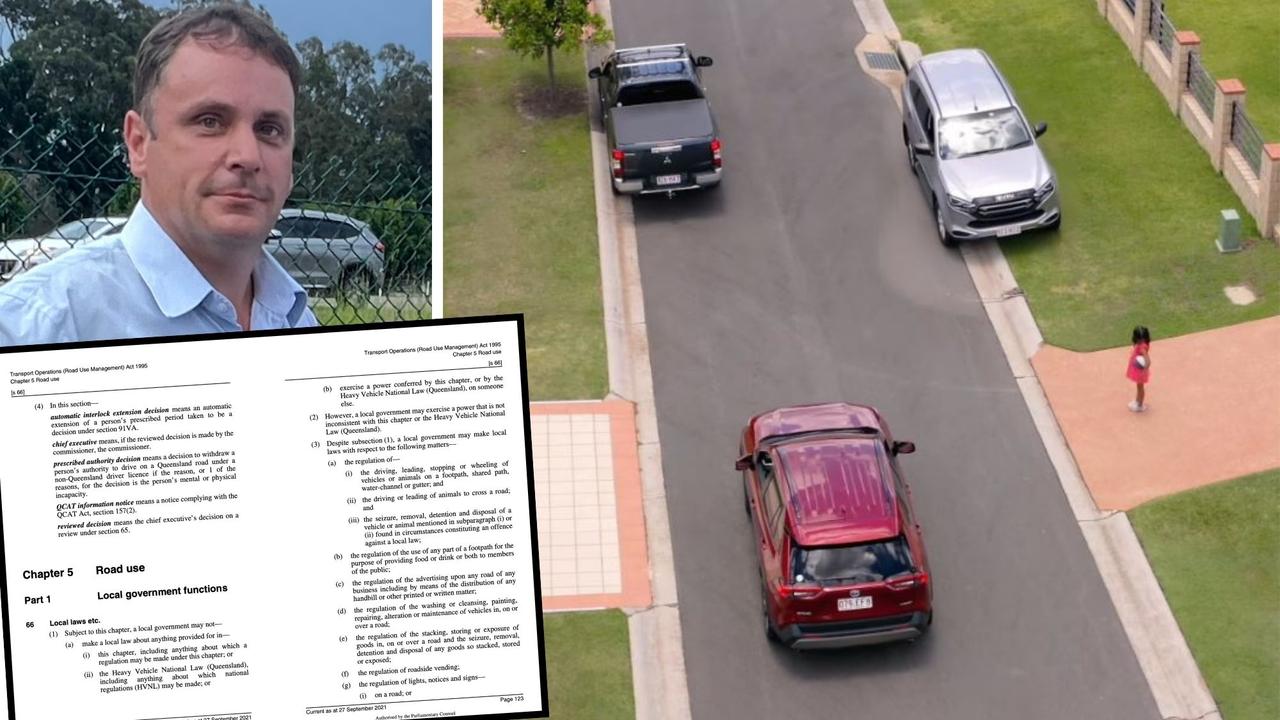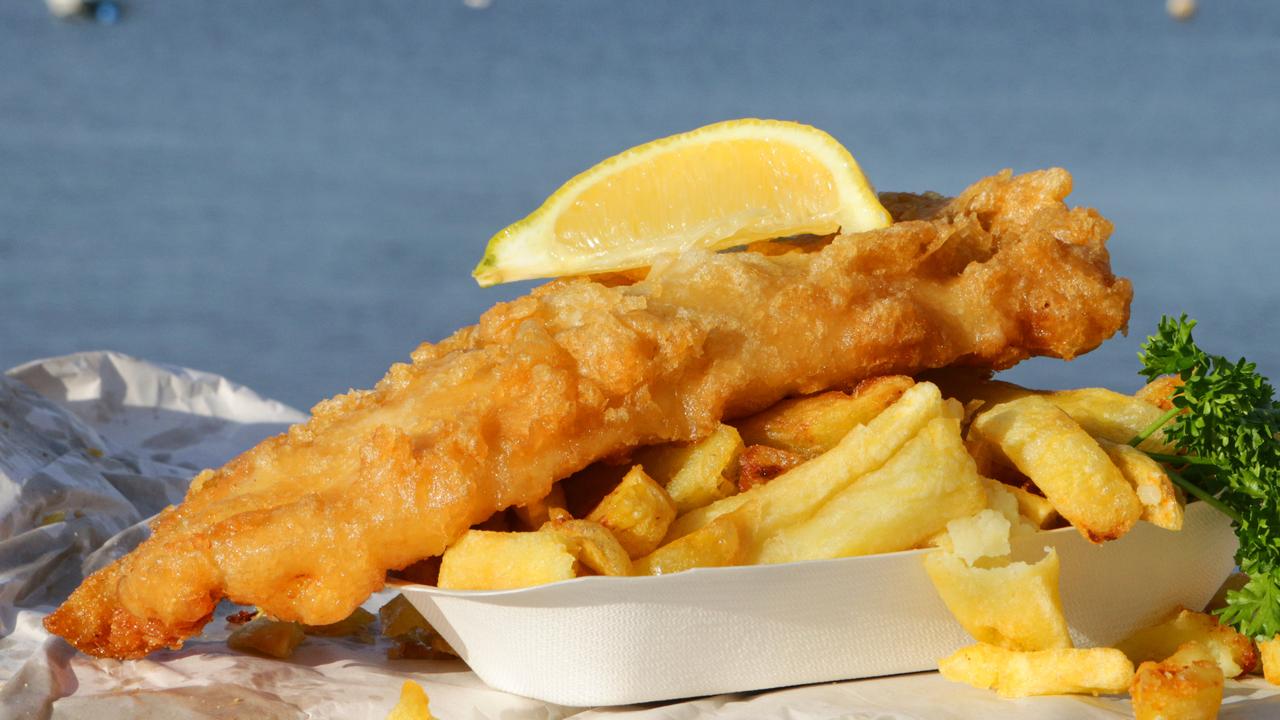Dreamworld Inquest Day eight: Ride trainer Amy Crisp gives evidence into 2016 tragedy
THE Dreamworld inquest has heard it would have cost less than $10 a day extra to have two senior ride operators at the Thunder River Rapids Ride at all times.
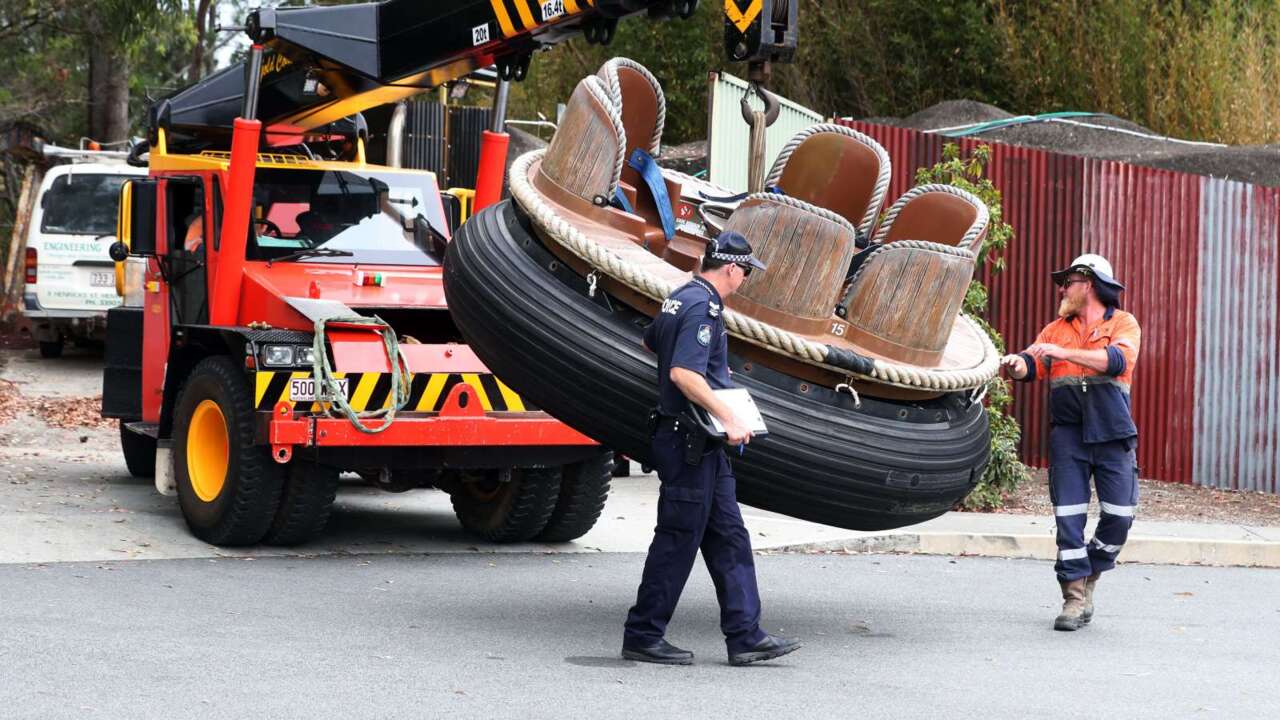
Gold Coast
Don't miss out on the headlines from Gold Coast. Followed categories will be added to My News.
THE Dreamworld inquest has heard it would have cost less than $10 a day extra to have two senior ride operators at the Thunder River Rapids Ride at all times.
The inquest at the Southport Coroner’s Court was shown the pay slips of ride operator Courtney Williams and ride trainer Amy Crisp.
Ms Williams was the junior ride operator on the rapids ride the day of the incident which killed Luke Dorsett, his sister Kate Goodchild, Roozbeh Araghi and Cindy Low in 2016.
She was trained by Ms Crisp that morning.
The ride was usually manned by a senior and a junior ride operator.
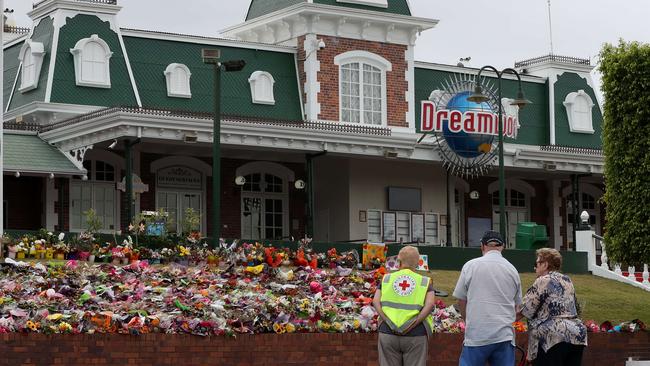
The slips showed there was about $2 an hour difference between the pair’s pay rate.
Ms Crisp was paid $21.61 an hour while Ms Williams $19.49 an hour.
Peter Nemeth, who was the senior operator on duty that day, was at a pay level somewhere between the pair.
Ms Crisp agreed with barrister Steven Whybrow, acting for Kate Goodchild’s parter David Turner and her and Luke Dorsett’s father Shayne Goodchild’s question that it would have cost less than $10 a day extra.
Earlier she said having two senior ride operators on duty would help with the operation of the ride.
“In an ideal world yes,” she said.
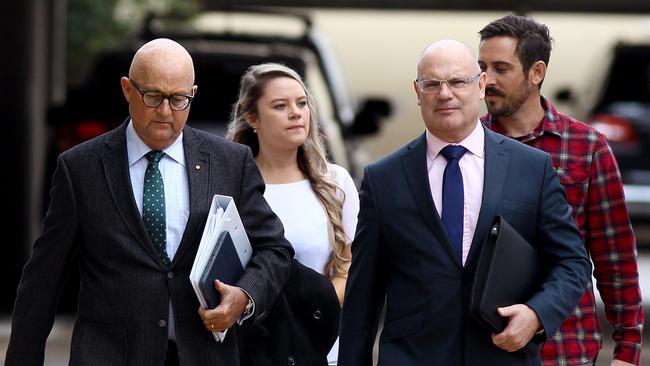
Ms Crisp also told the inquest she would have hit the emergency stop button if she was faced with the same circumstances at the Thunder River Rapids Ride on the day of the incident.
Ms Crisp was given a run down of the circumstances that faced new ride operator Ms Williams on the day, including the senior ride operator’s face dropping and loud talking behind her.
Ms Crisp was asked what she would have done in those circumstances.
“(I would have) hit the e (emergency) stop,” Ms Crisp said.
Ms Crisp trained Ms Williams on the ride the morning of the fatal incident.
She said the timing of the incident did not make sense to her.
“There should have been 35 seconds between (rafts)... that timing doesn’t make sense to me,” she said.
The ride was set up so that there must be at least 35 seconds between each raft being dispatched.
Ms Crisp also trained the senior ride operator in the ride some months beforehand.
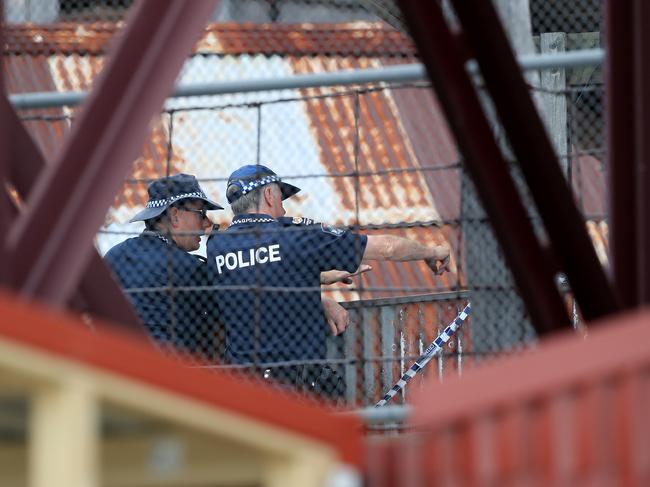
The inquest heard the Thunder River Rapids Ride was one of the most complicated at the theme park due to the complex control panel.
Four buttons were needed to be pressed to shut down the ride.
Earlier, the inquest heard Ms Crisp was reprimanded just seven months before the 2016 tragedy which killed four people for not following procedure on the Thunder River Rapids Ride.
Ms Crisp was sent a warning letter on March 15, 2016.
“On Saturday 12th March 2016 Amy was the ride operator of the TRRR and has failed to sign the post shutdown check for Rapids. This is a direct breach of the generic ride operator procedure,” the letter read.
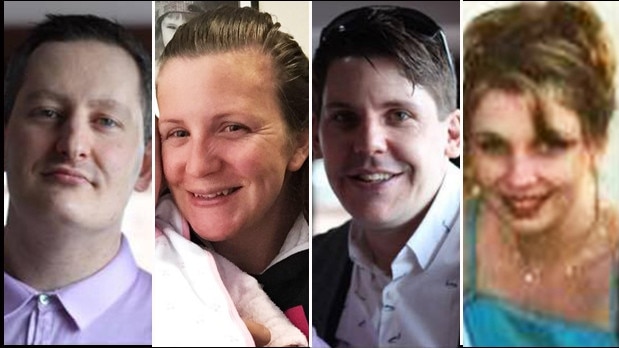
Ms Crisp continued to train people how to operate after the letter.
She said she was given no counselling following the reprimand.
Ms Crisp now performs audits on other ride operators at Dreamworld to determine if they are competent in operating a ride.
The inquest also heard that there was never a formal debrief with staff or internal investigation after the Thunder River Rapids Ride tragedy.
Ms Crisp was promoted to a full-time supervisor two months after the incident but said no one from Dreamworld had spoken to her about the fatal incident.
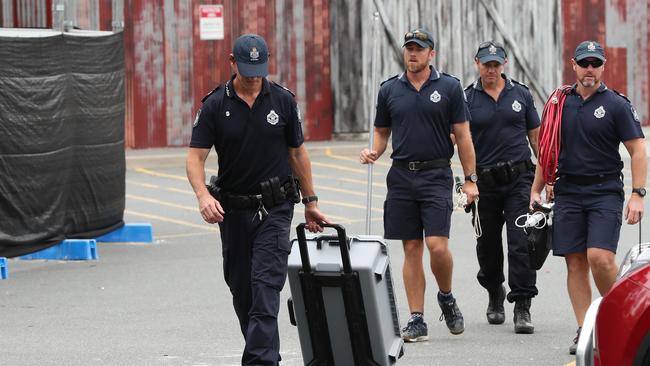
“There were counsellors available if we wanted to talk to them but otherwise no,” she said.
Ms Crisp said since the incident she had not been involved in an internal investigation.
“Not to do with this incident,” she said.
Ms Crisp said she was never asked by someone at Dreamworld if there was anything that could have been improved in the wake of the incident.
“I saw one of the Dreamworld lawyers to give a statement as well as my lawyers and the police walk-through,” she said.
Ms Crisp started at Dreamworld in 2011 and became a ride trainer just a year later.
Prior to working at Dreamworld she was a waitress and had worked at Subway.
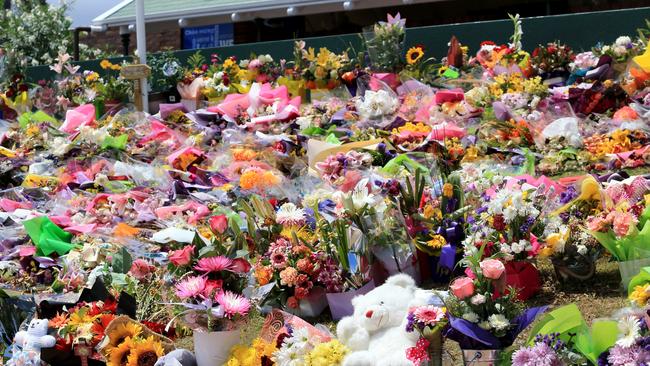
Earlier, the inquest heard that Ms Crisp knew the emergency stop button at the main control panel of the Thunder River Rapids Ride took “a few seconds” to stop the conveyor belt, the inquest has heard.
But Ms Crisp did not tell the ride operator Ms Williams about the lag on the day of the fatal incident which killed four people.
“I didn’t think to,” Ms Crisp told the inquest.
Ms Crisp said she did not know the second emergency stop button stopped the conveyor in just two seconds.
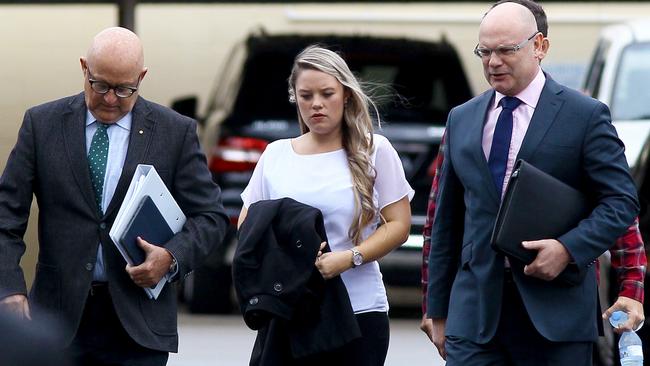
“I only know from what I’ve seen in the media (in the past week),” she told the inquest.
Ms Williams was standing near the faster emergency stop button at the time of the incident but has told the inquest she didn’t know what it did.
Ms Crisp said know the different stopping speeds would “definitely” be something important that Thunder River Rapids Rides operators to know.
Ms Crisp told the inquest she had only been a ride operator at Dreamworld for 12 months before being promoted to trainer.
She was only 20 at the time and her only previous experience was as a waitress and at Subway.
Ms Crisp trained junior operator Courtney Williams the morning of the 2016 tragedy.
During cross examination, from counsel assisting the coroner Ken Fleming, Ms Crisp said she though Ms Williams “simply didn’t do it properly”, referring to the operation of the machinery.
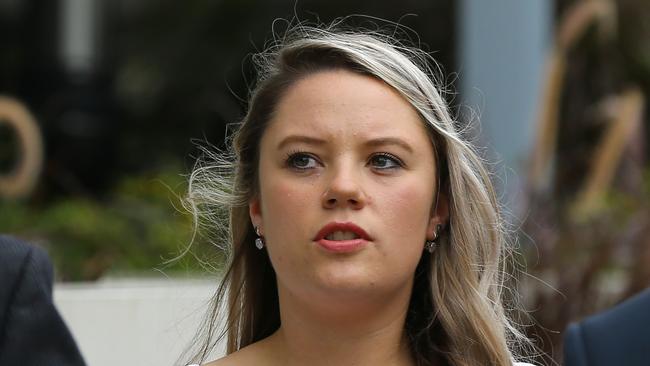
“Yes,” Ms Crisp replied.
Ms Crisp said Ms Williams should have gone to the control panel when she had no response from senior ride operator Peter Nemeth the day of the incident.
The inquest heard Mr Nemeth did not respond to Ms Williams’ in the seconds before the incident.
“What do you say Ms Williams did wrong?” Mr Fleming asked.
“If Pete was not responding to her, she should have gone to the main control panel,” Ms Crisp responded.
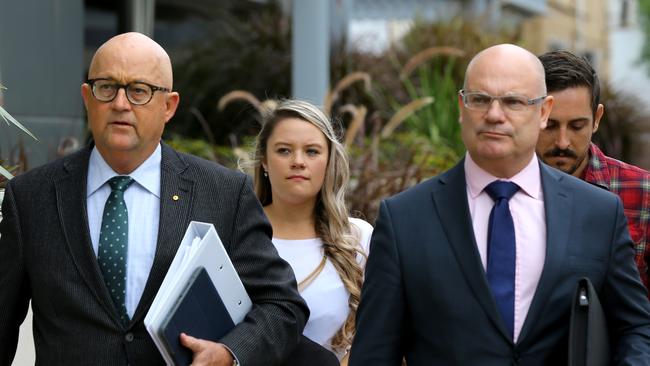
The ride trainer later told the inquest she didn’t “say she (Ms Williams) did something wrong”.
“I think unless I was there with her at the time of the incident, I can’t understand what happened and I hope that my training was enough that she could have stopped it,” she said.
Ms Crisp said she thought her training was sufficient.
“I have trained over 60 hours on that ride so I do know,” she said.
Earlier, Ms Crisp said the emergency stop button was “encouraged” to be pressed only in an emergency, the inquest into the Thunder River Rapids Ride disaster has heard.
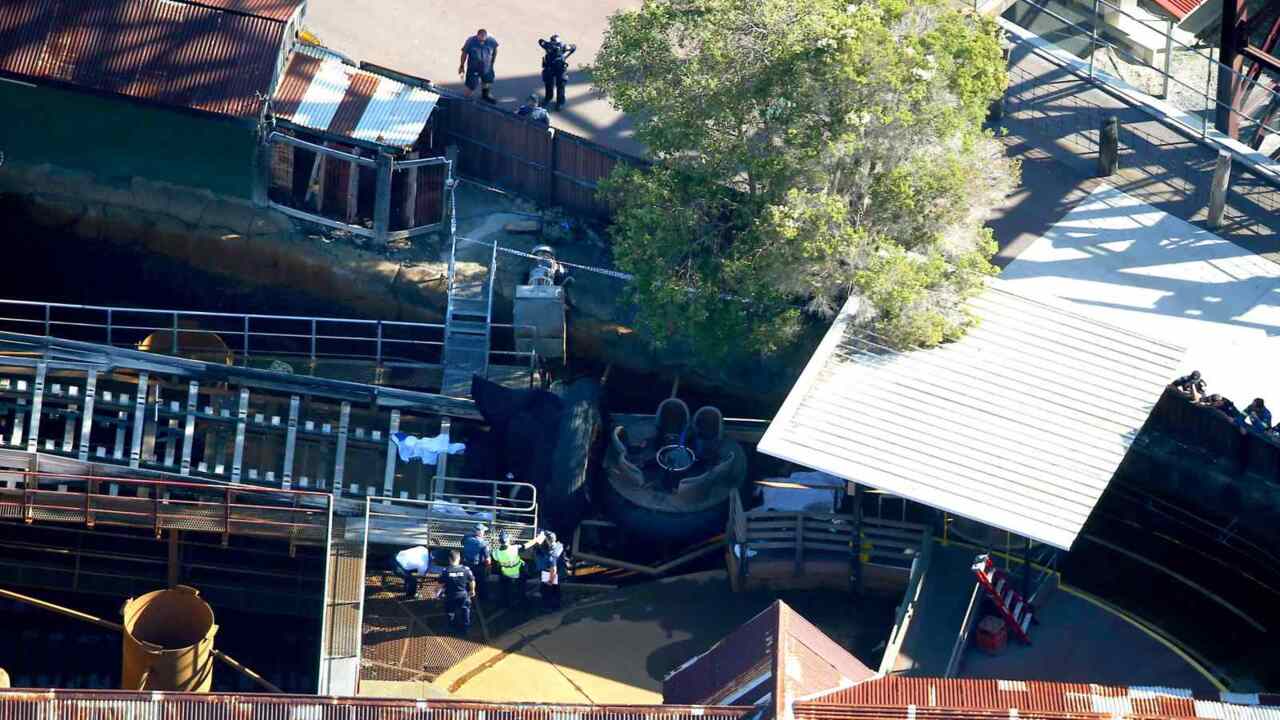
Ms Crisp trained Courtney Williams to operator the ride the morning of the disaster that killed four people on 25 October 2016.
Ms Williams told the inquest last week she had been told in her training “not to worry” about the emergency stop button.
Trainer Ms Crisp however told the inquest, under questioning from counsel assisting the coroner Ken Fleming, the button was “encouraged” to press the button in an emergency.
“The touching of the button was not encouraged,” Mr Fleming asked.
“In an emergency it was encouraged,” Ms Crisp replied.
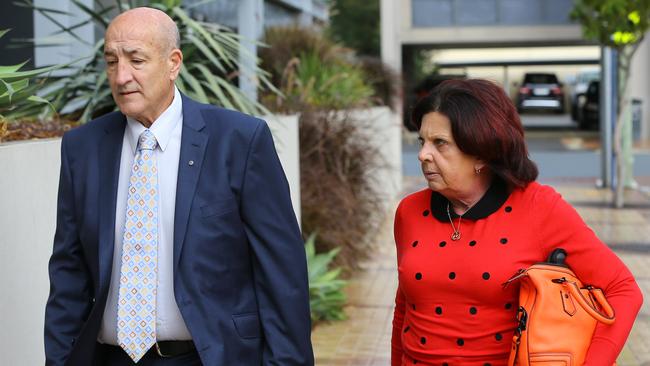
Ms Crisp said when she showed Ms Williams the button she nodded her acknowledgment she understood.
“The only situation that you would use that is in, say you were unloading and Tim fell in, he obviously can’t shut down the ride himself, you can hit that to start the process rolling,” she said.
She said another occasion the button would be pressed if she “ever saw anyone standing up on the conveyor or anything like that”.
Ms Crisp said she herself had never seen what the emergency button did as she had never pressed it.
“It would have required engineer to reset,” she said.
“If we could have arranged an engineer on site, we could have hit that button.”

